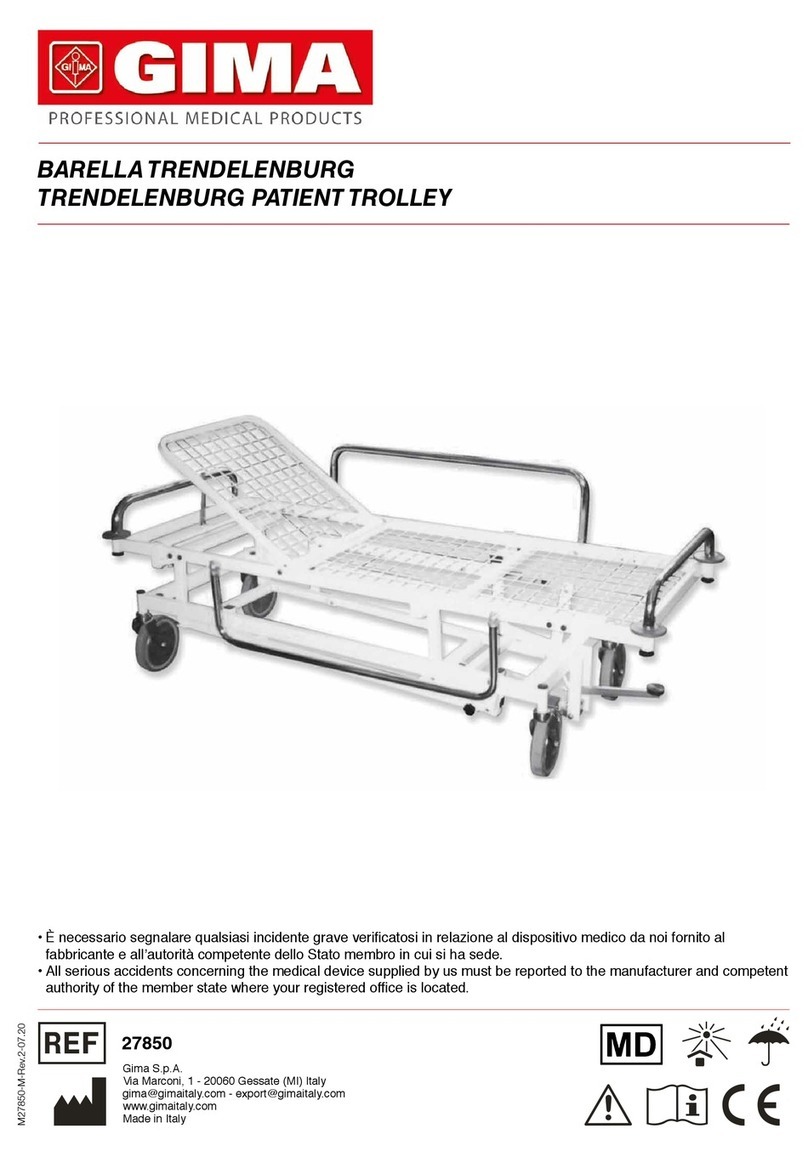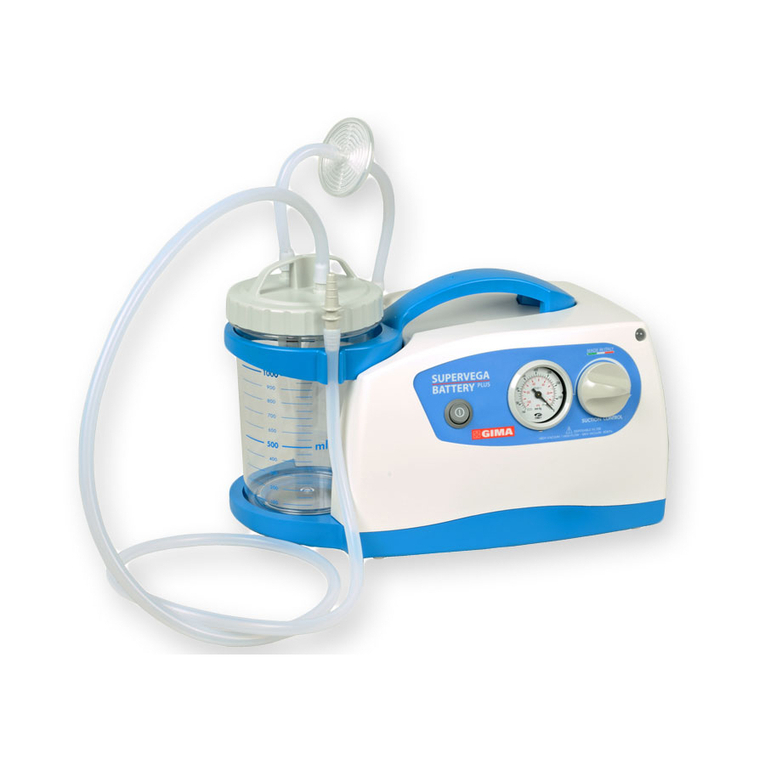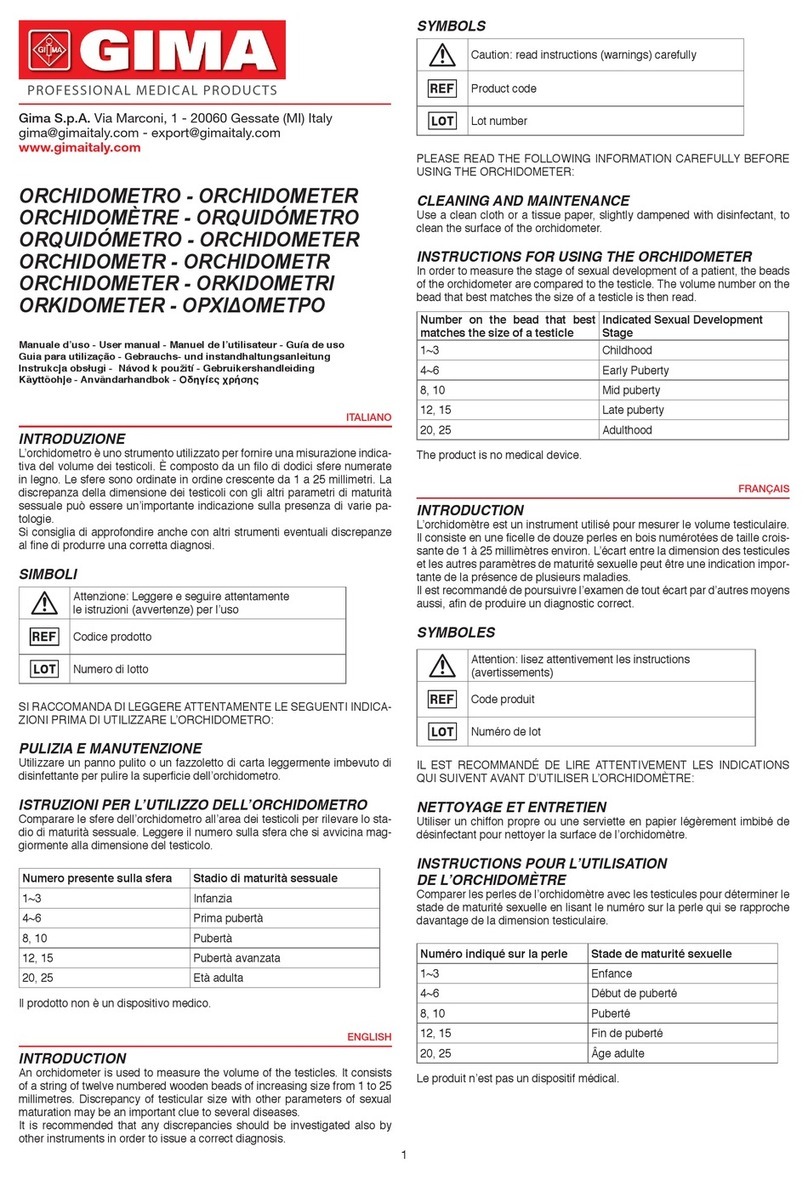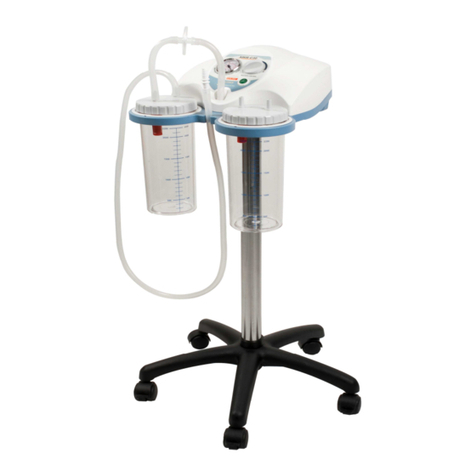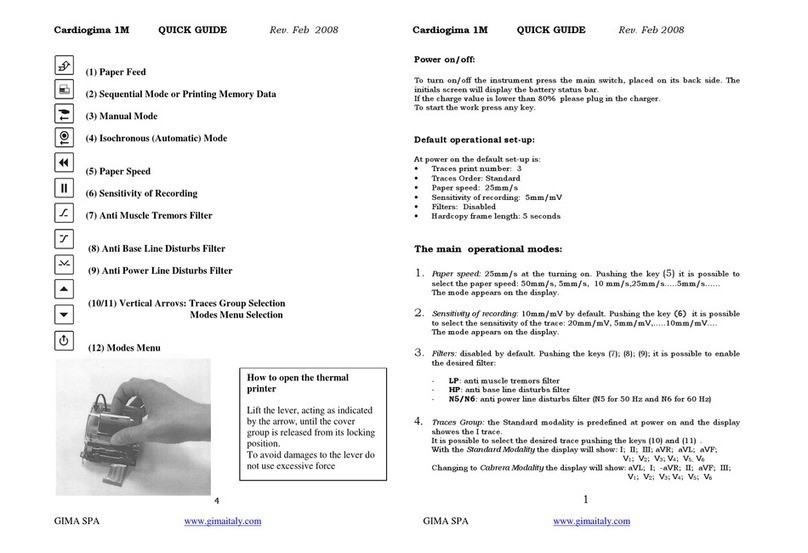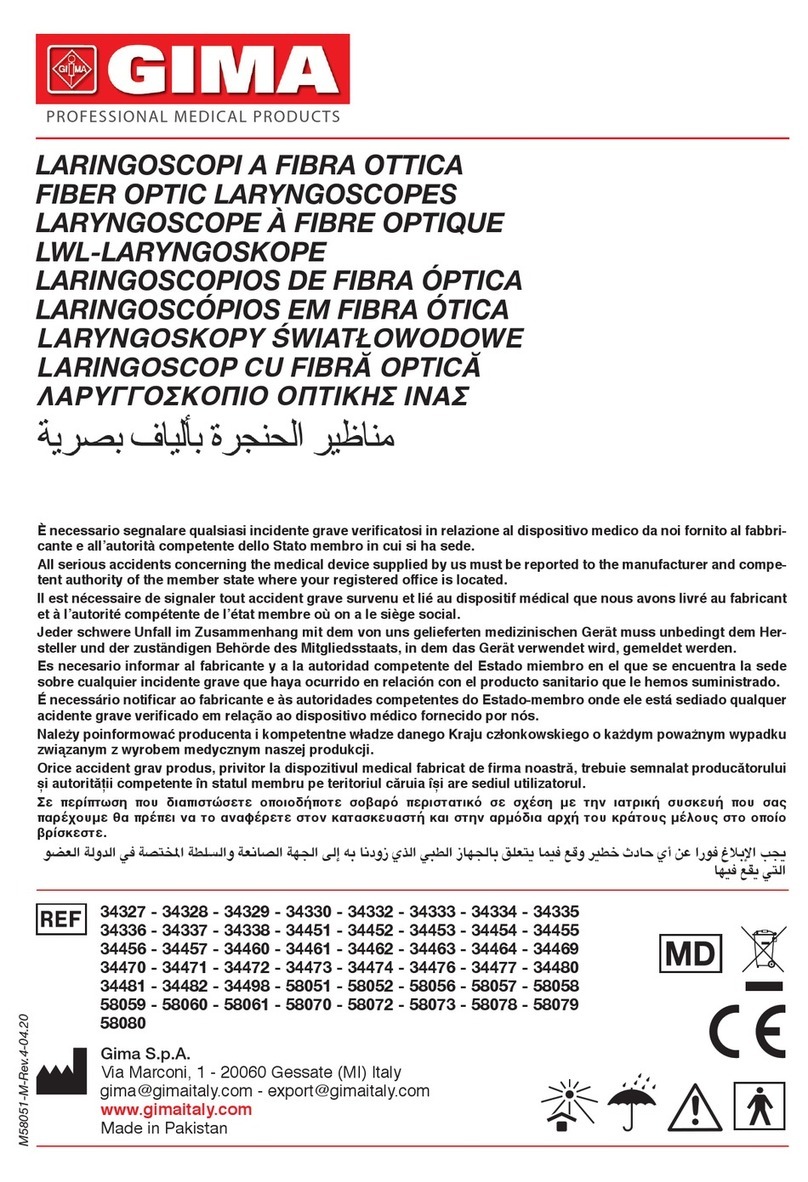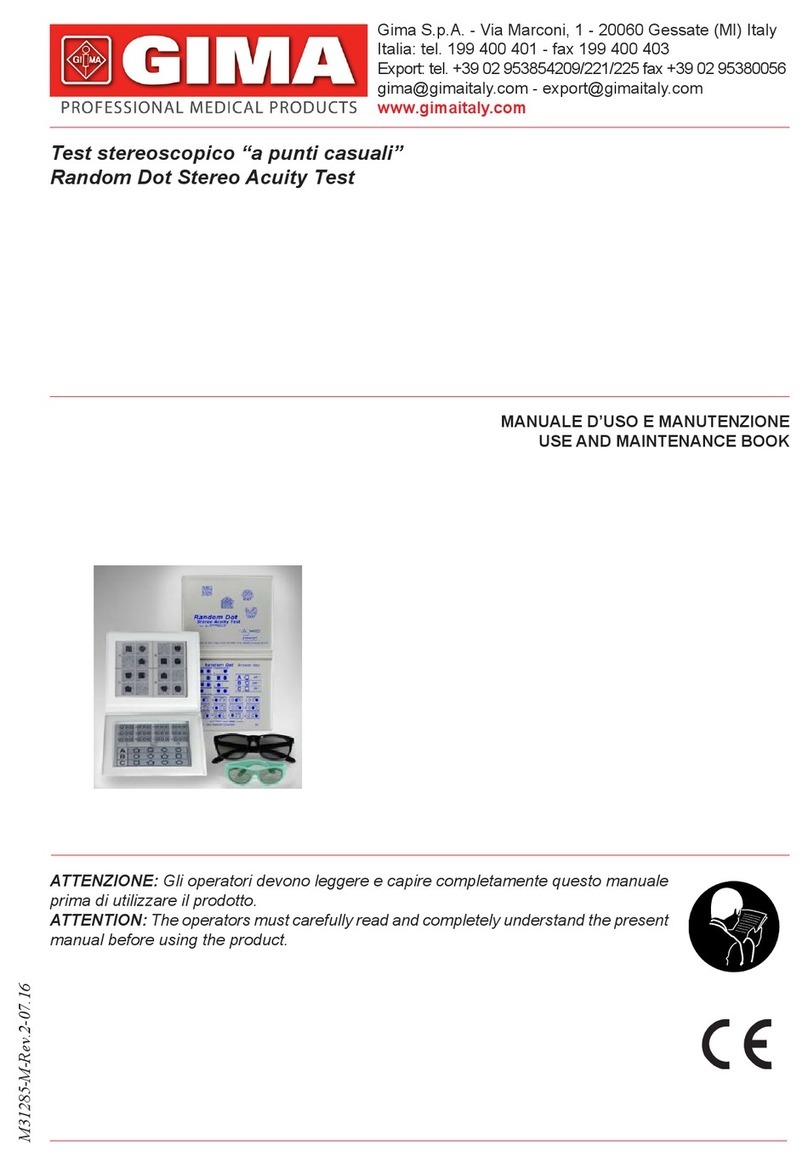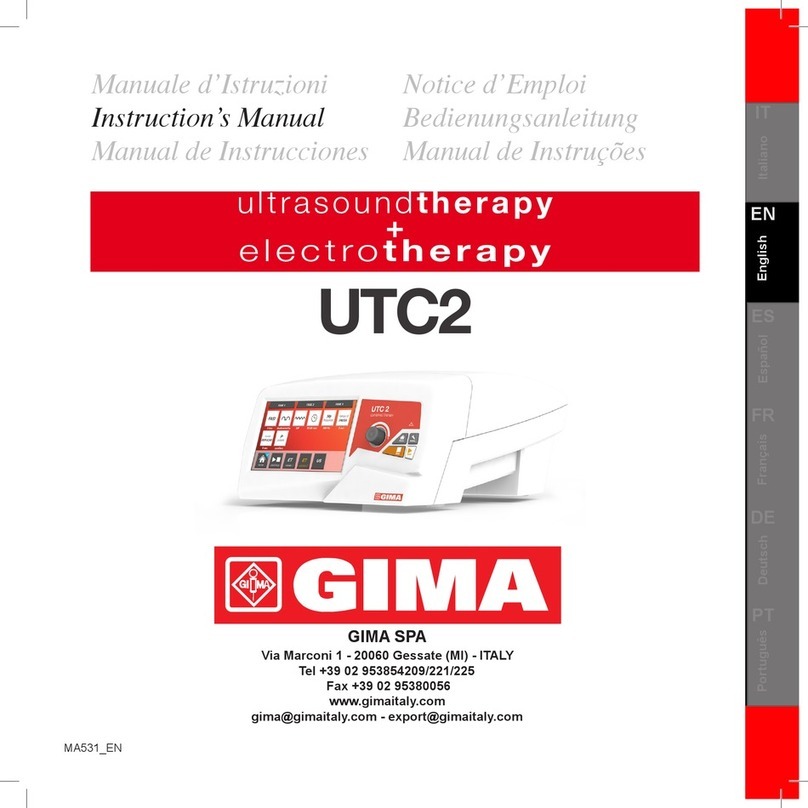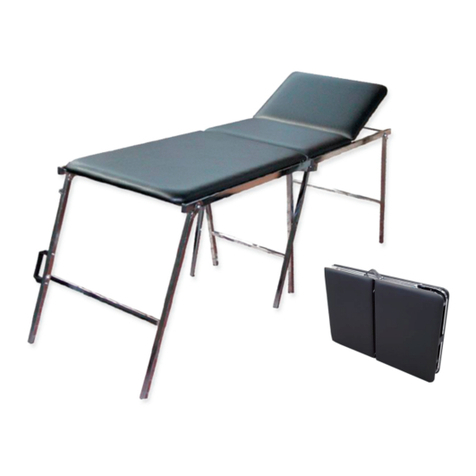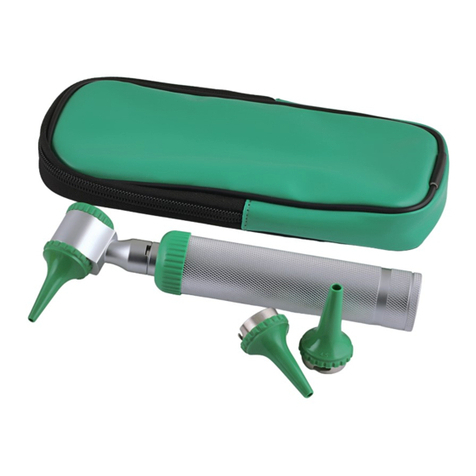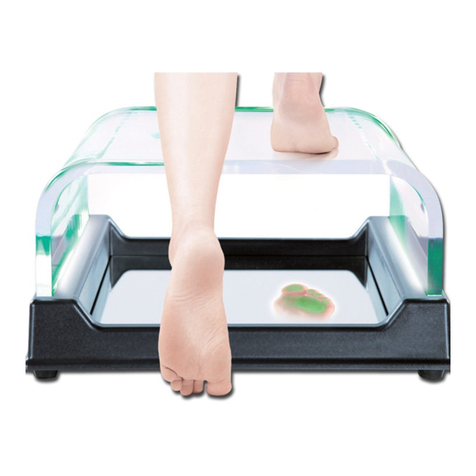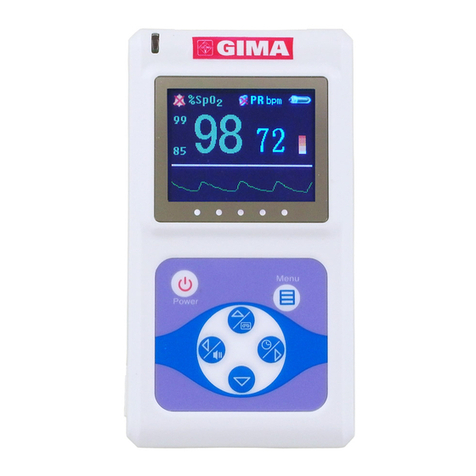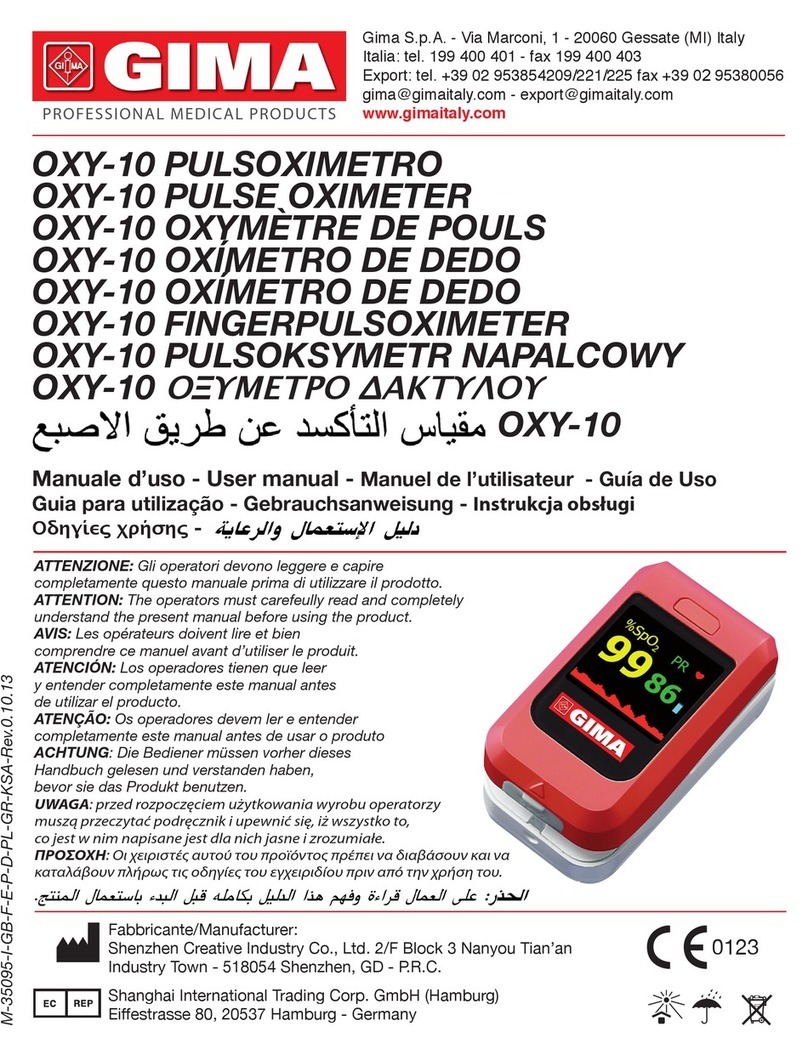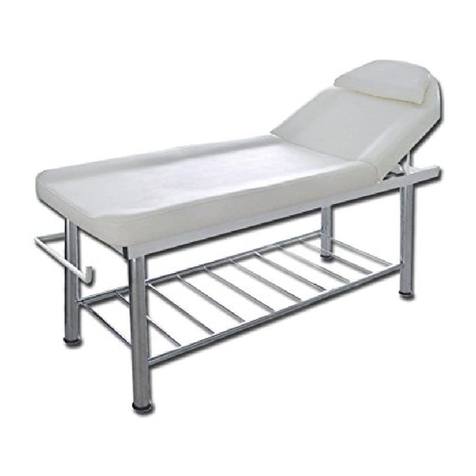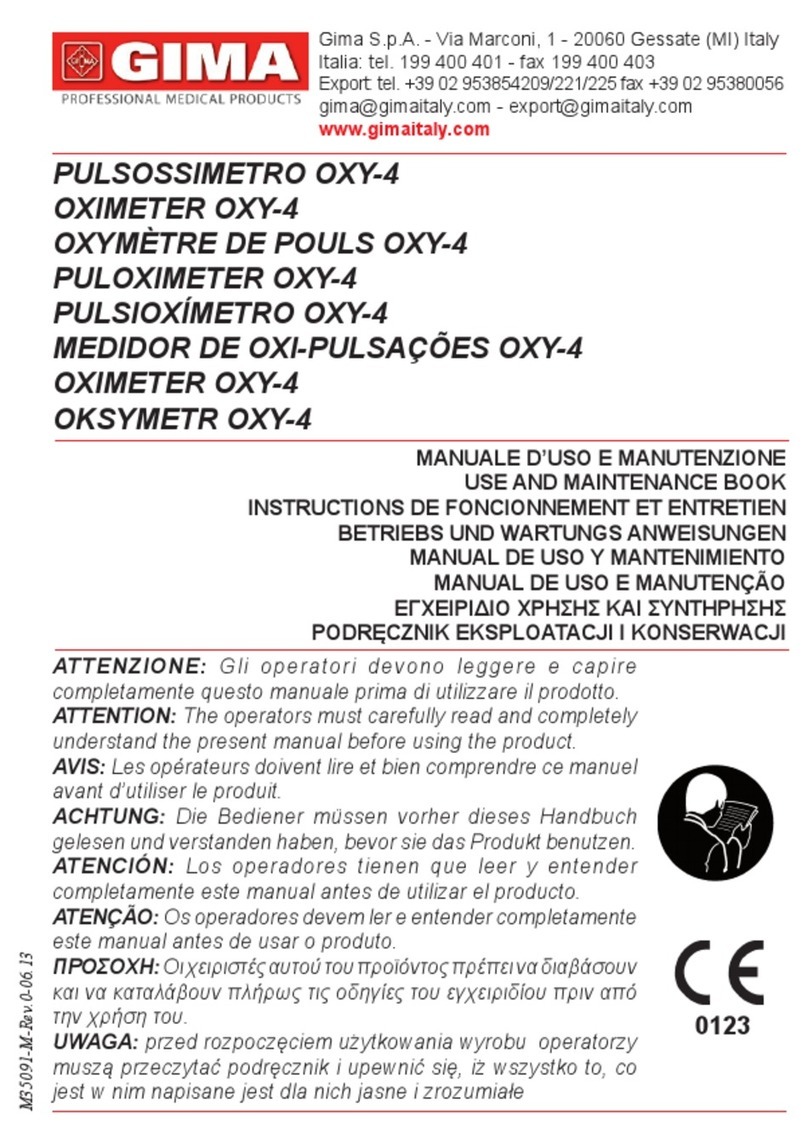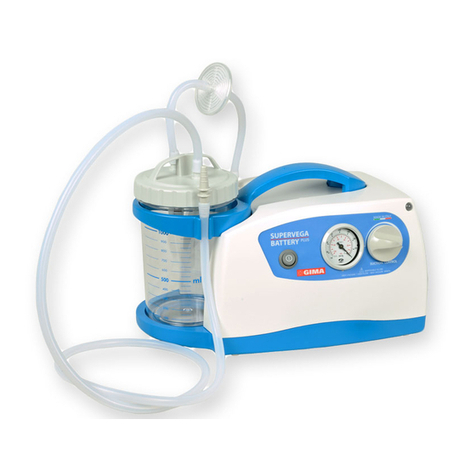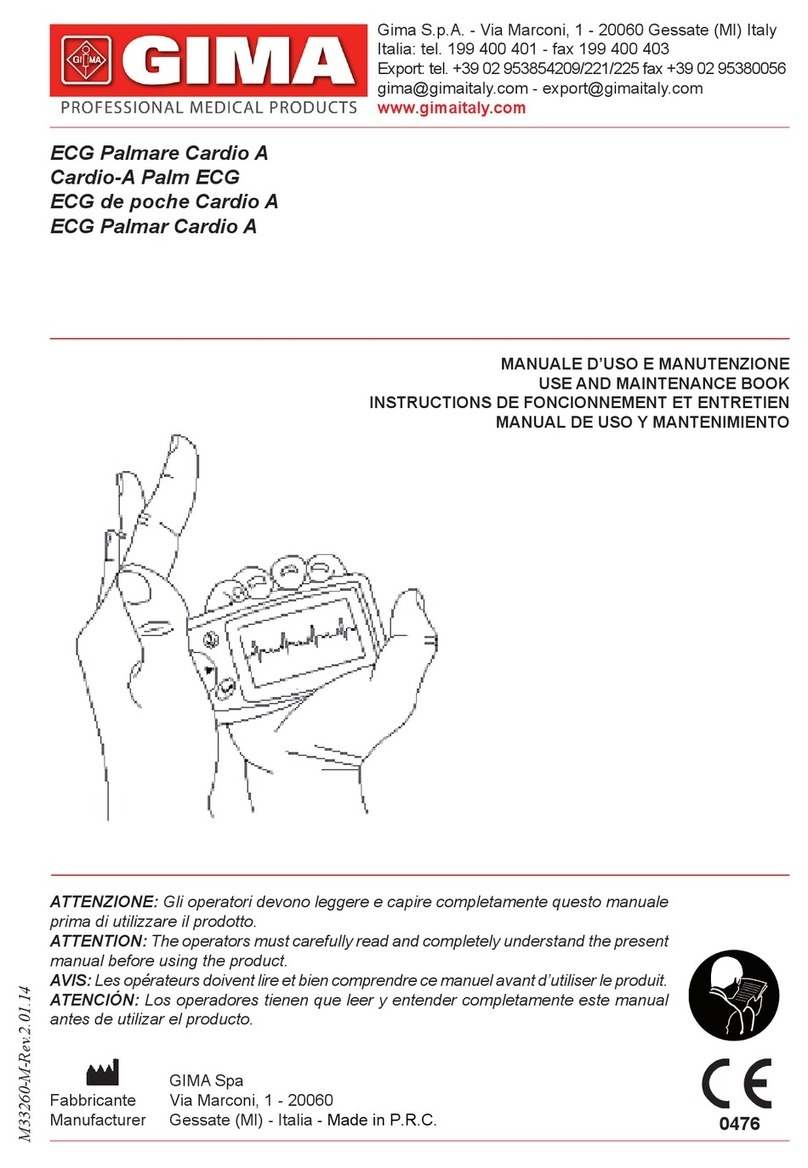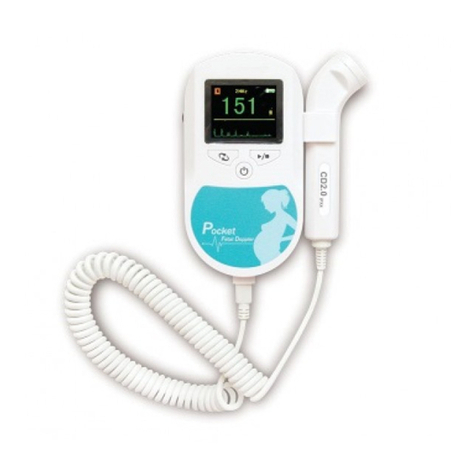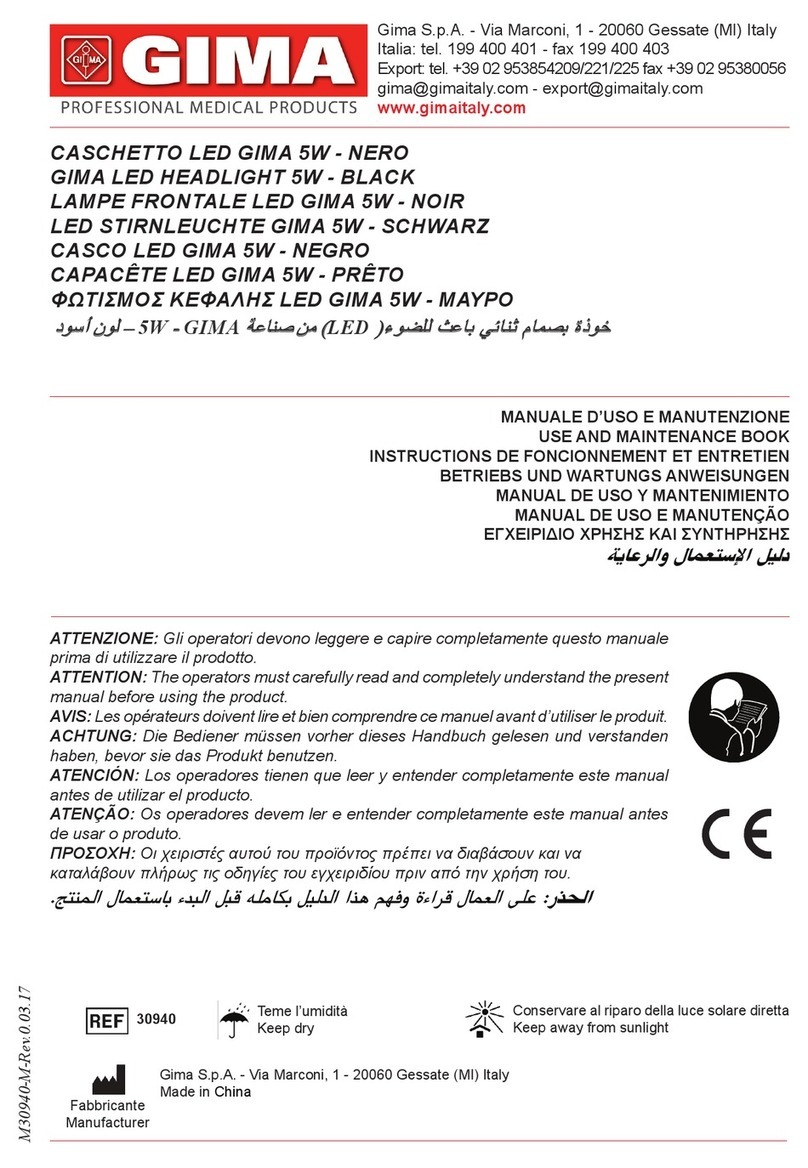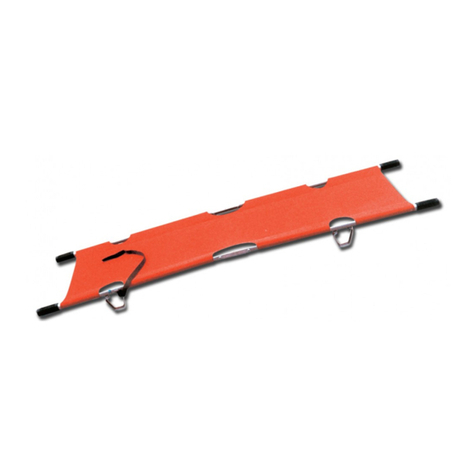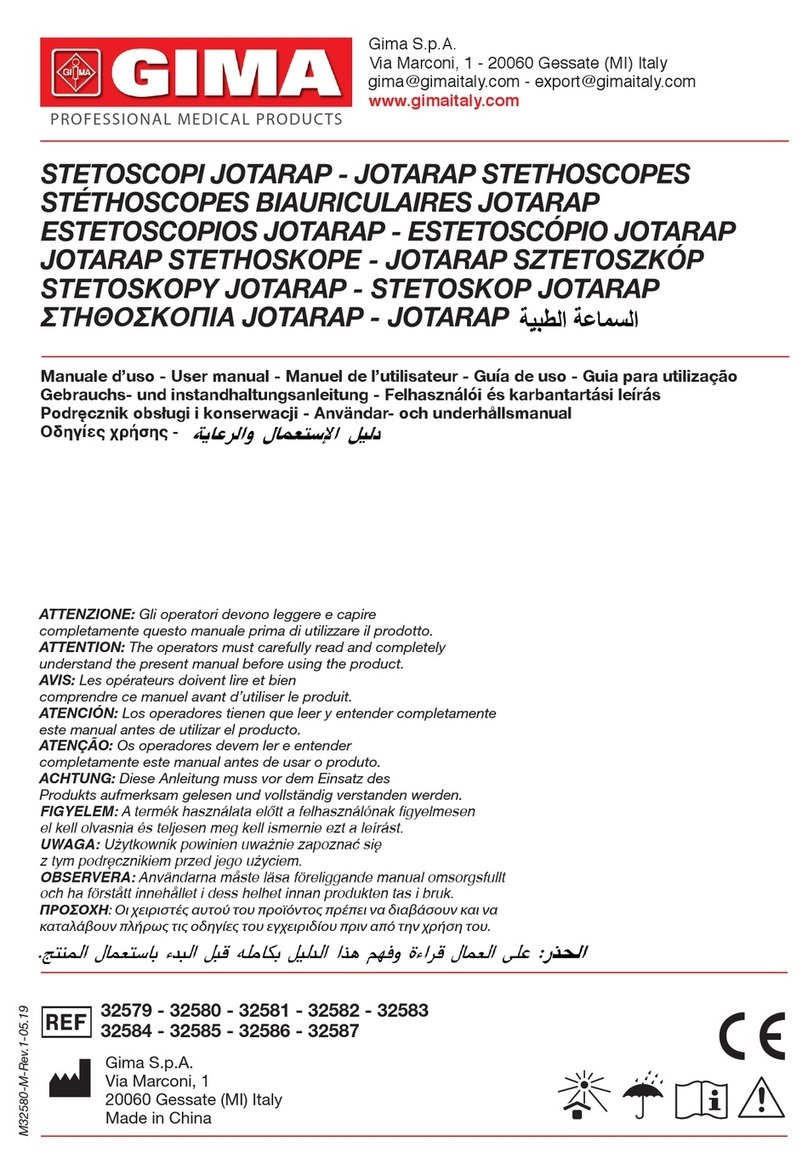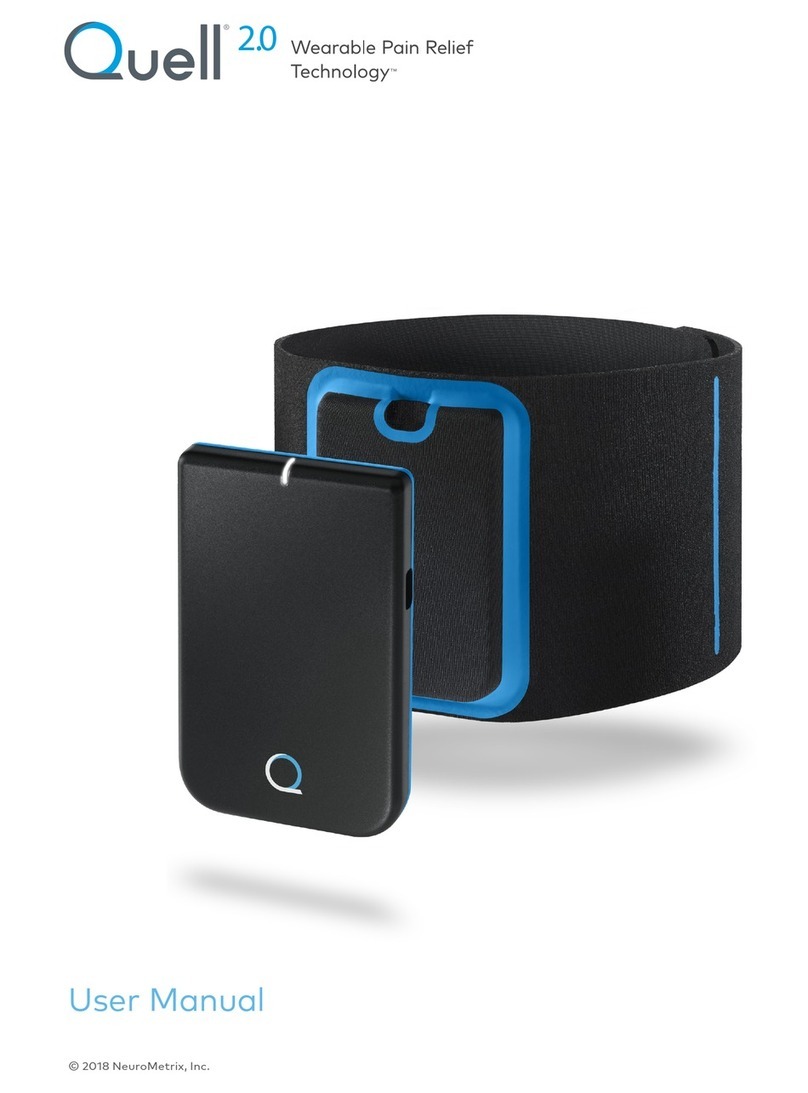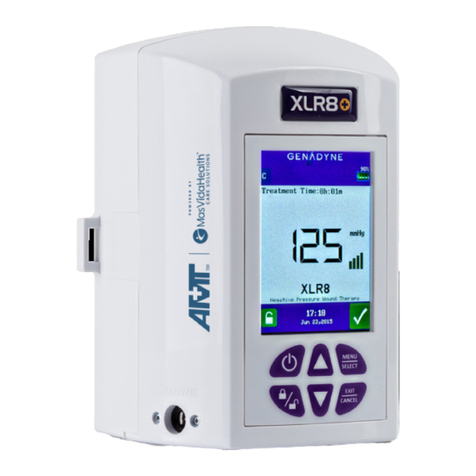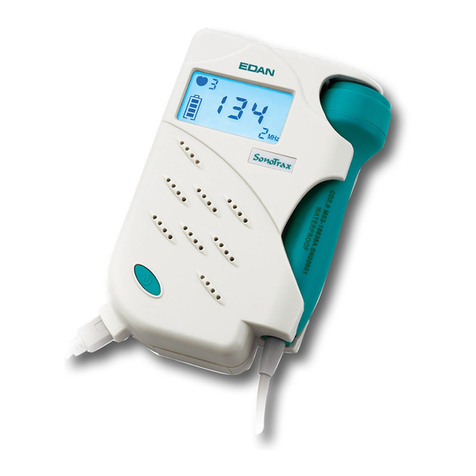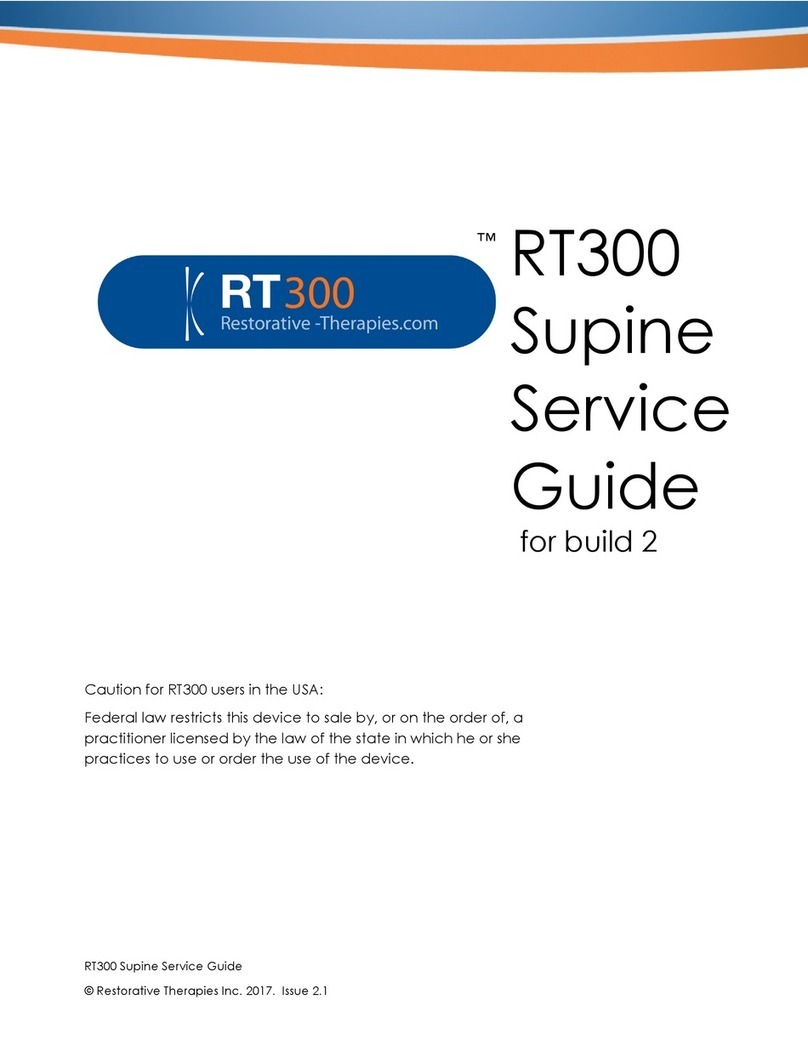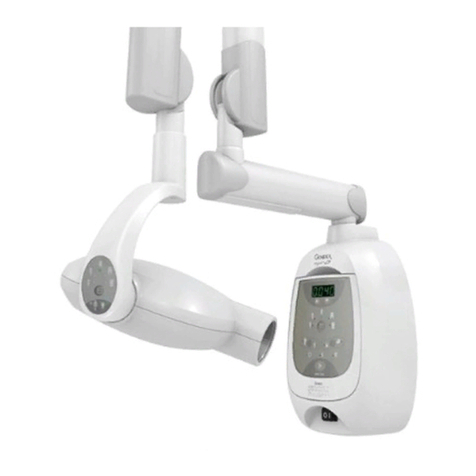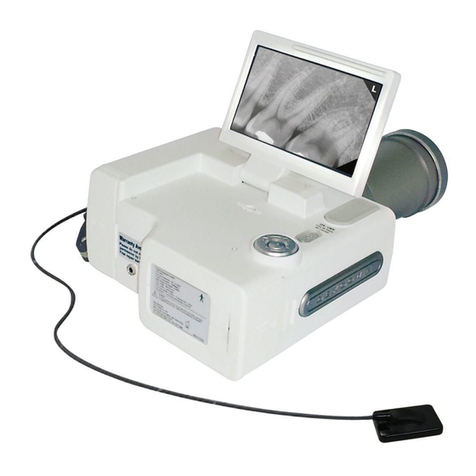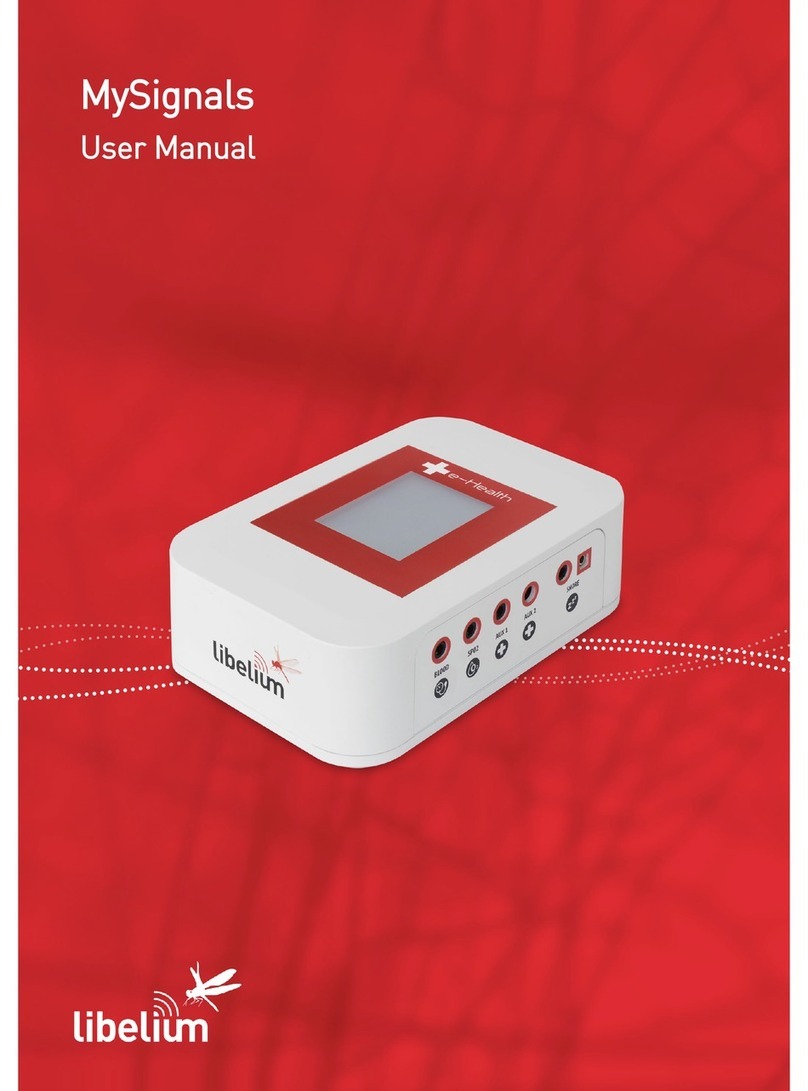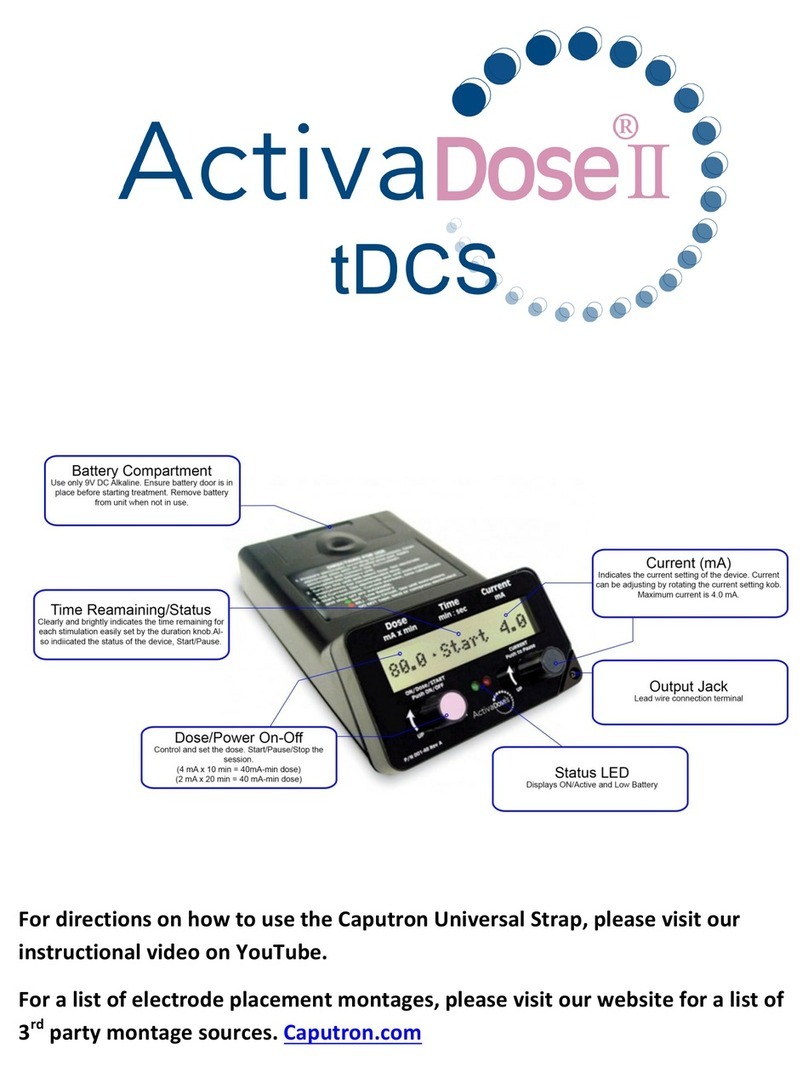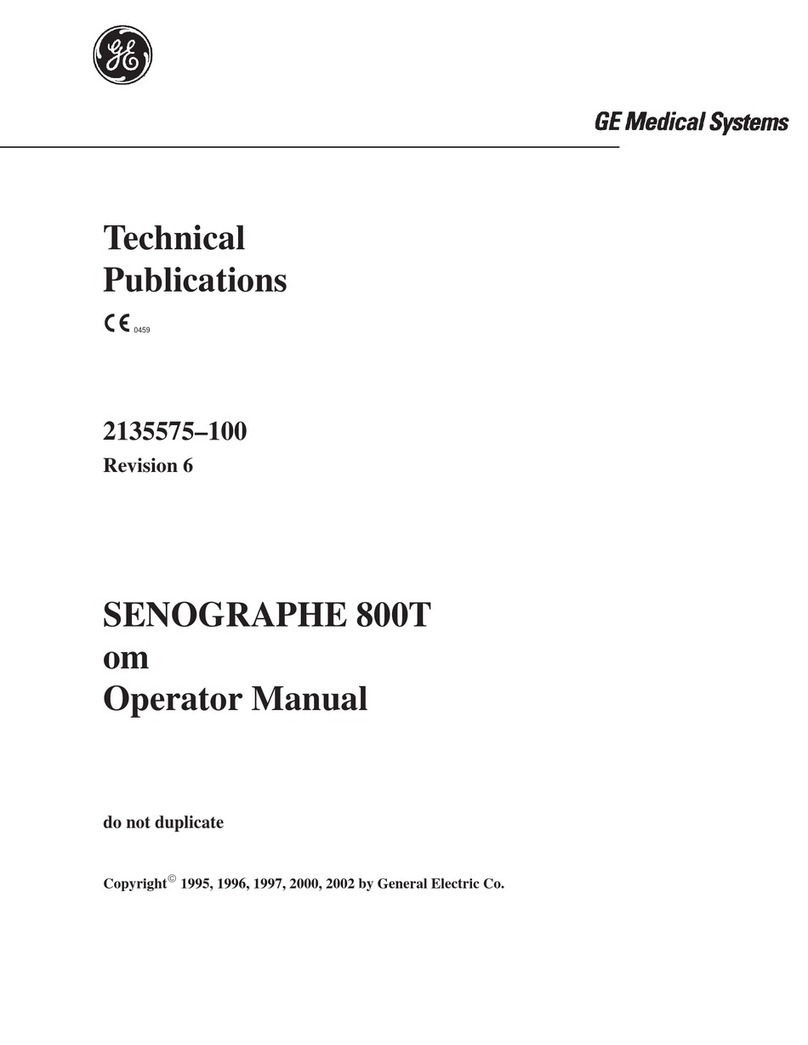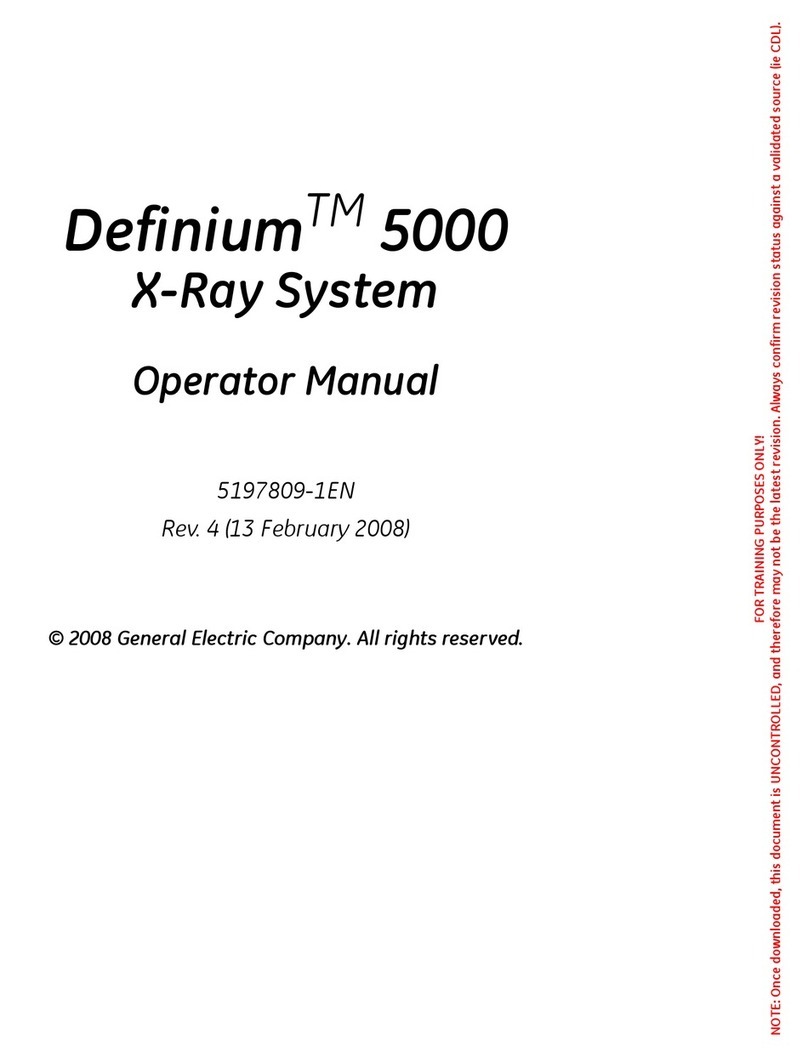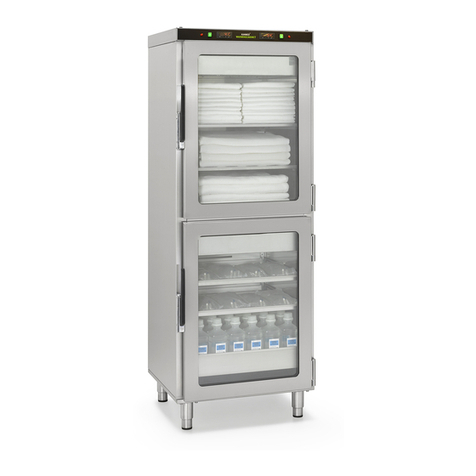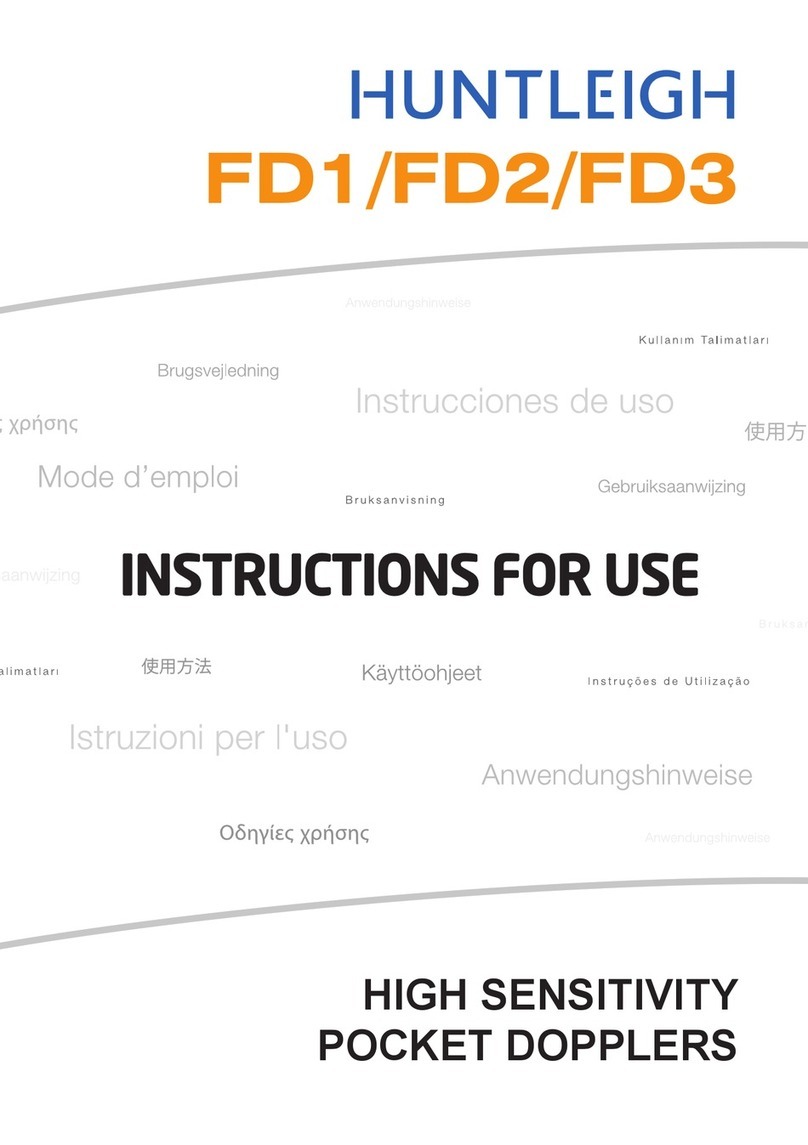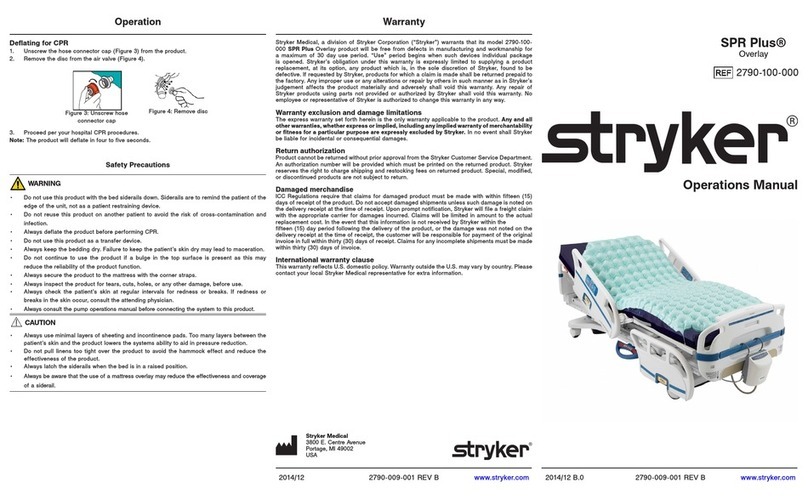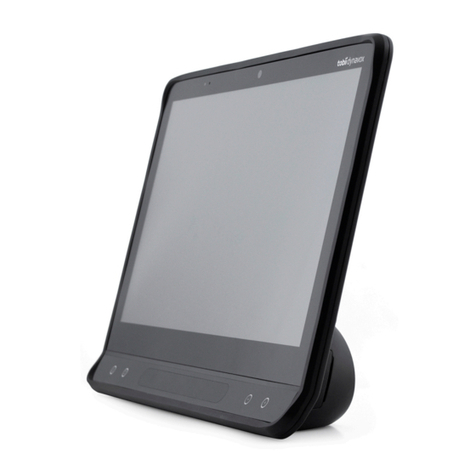
I
TABLE OF CONTENT
1
Introduction .................................................................................................................................. - 1 -
2
Description of S stem ................................................................................................................. - 3 -
Intended Use ................................................................................................................................................... - 3 -
Configuration and Principal Characteristics: ......................................................................................... - 3 -
3
Functional Description ............................................................................................................... - 5 -
3.1 Front View of the Equipment. .............................................................................................................. - 5 -
3.2 Back of the Equipment ........................................................................................................................... - 6 -
3.3 Left Side of the Equipment ................................................................................................................... - 7 -
3.4Right Side of the Equipment .................................................................................................................. - 7 -
3.5 Front Panel of the Equipment .............................................................................................................. - 8 -
3.6 Bottom Part of the Equipment ............................................................................................................. - 9 -
3.7 Function Ke s, Switch, Indicators ....................................................................................................... - 9 -
4
Safet ............................................................................................................................................. - 13 -
4.1Environment requirement ................................................................................................................... - 13 -
4.2Grounding Monitor ................................................................................................................................ - 14 -
4.3Equipotential Ground ............................................................................................................................ - 14 -
4.4Condensation ........................................................................................................................................... - 15 -
4.5Notes on the Safet ................................................................................................................................ - 15 -
5
Installation ................................................................................................................................... - 17 -
5.1 Unpacking ................................................................................................................................................ - 17 -
5.2 Standard Packing List of Fetal Maternal Monitor ......................................................................... - 17 -
.5.3 Power Suppl ........................................................................................................................................ - 18 -
5.4 Boot ........................................................................................................................................................... - 19 -
5.5 Thermal Printer ..................................................................................................................................... - 19 -
5.6 Connection of the Transducer ........................................................................................................... - 20 -
5.7 Test of Ultrasound Transducer .......................................................................................................... - 21 -
5.8 Test of TOCO Transducer .................................................................................................................... - 21 -
5.9 Test of Event Maker .............................................................................................................................. - 22 -
5.10 Installation and Implementation of the Wall-mount Support ................................................ - 22 -
6
Operation ..................................................................................................................................... - 24 -
